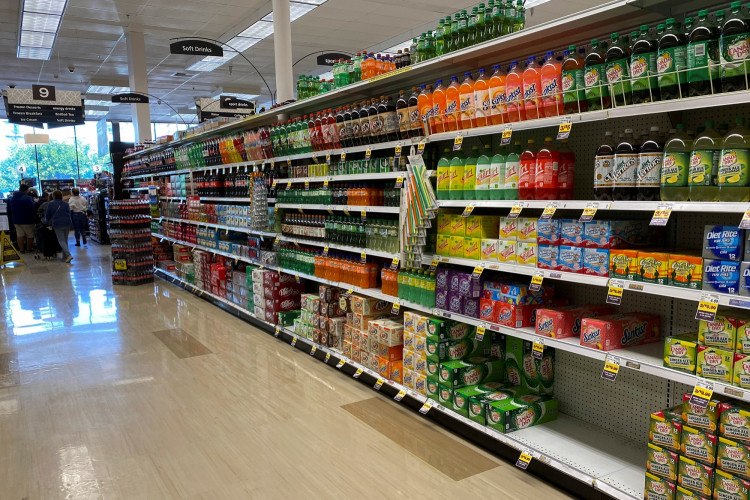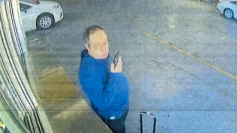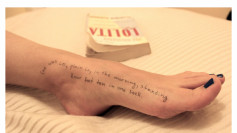Beginning Sept. 1, Minnesota will raise the income limit for SNAP households. SNAP (commonly known as food stamps) offers low-income households with monthly food purchasing assistance. According to Fox 9, the revised income restriction implies that an additional 1,400 households may be eligible for SNAP aid.
According to a news statement from the Minnesota Department of Human Services, the income level will be raised from 165% to 200% of the federal poverty line. A family of three with an annual income of $46,000 will be eligible for SNAP benefits under the new income limit. Monthly benefits will not be increased, but more households will be eligible. The benefit amount is determined by a household's net income.
"This change will help more Minnesotans feed their families," Human Services Commissioner Jodi Harpstead in a statement, said. "Rising food costs can quickly wipe out any increase in income, but we can help offset that with more support for individuals and families who continue to face food insecurity."
Minnesota has become the 20th state to establish its gross income criterion at 200% of the federal poverty level, according to Hunger Solutions. The number of hours worked or a small wage boost will no longer have an impact on eligibility. This will make it possible for families with low incomes and significant expenses to put food on the table.
The news announcement stated that the Minnesota Legislature approved this measure during the 2022 session and that Governor Tim Walz signed it into law.
The most significant anti-hunger program in America is the Supplemental Nutrition Assistance Program (SNAP). With an average payout of $218.14 per person, the United States Department of Agriculture (USDA) estimates that SNAP provided food security to nearly 41.5 million people in 2021.
Packaged coffee, as well as creamer, can be purchased with SNAP, and this includes K-cups designed for Keurig machines. However, ready-to-drink coffee cannot be bought. It won't work if you decide to make your own coffee at home and just switch to tea when you're out. Because the USDA forbids the use of SNAP funding to purchase any hot beverages, tea is also restricted to packaged and unbrewed forms.
Unless you are eligible for the SNAP Restaurant Meals Program (RMP) and reside in a state that takes part, you cannot use SNAP to pay for meals eaten at restaurants. RMP provides services to vulnerable groups like the elderly, the homeless, and the crippled. Meals must be provided to qualified guests at "concessional prices" by participating eateries.
Only a small number of states take part in RMP, despite it not being as constrained as Alaska's subsistence hunting program. California, Arizona, Michigan, Maryland, Virginia, and some counties in Rhode Island all have access to it.






